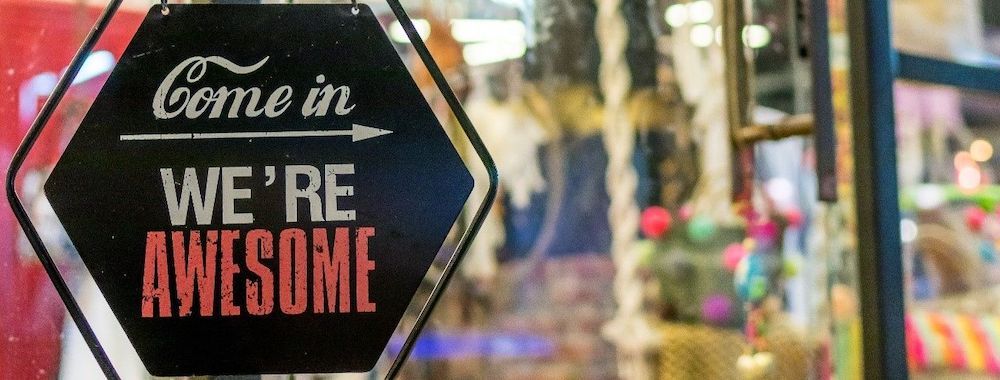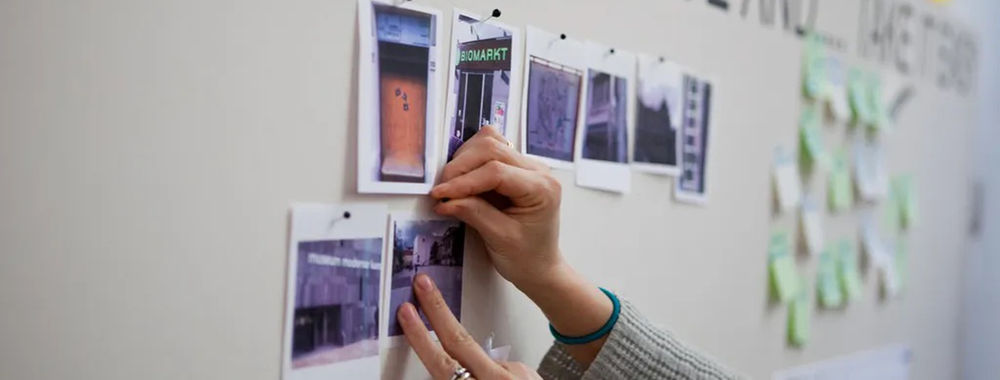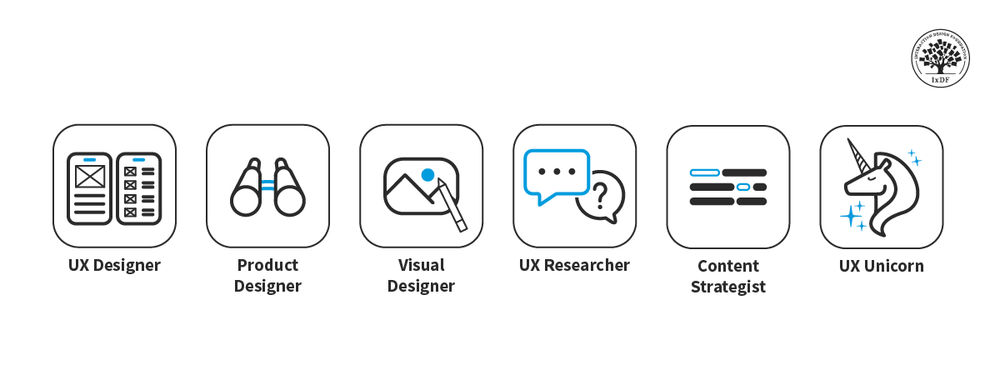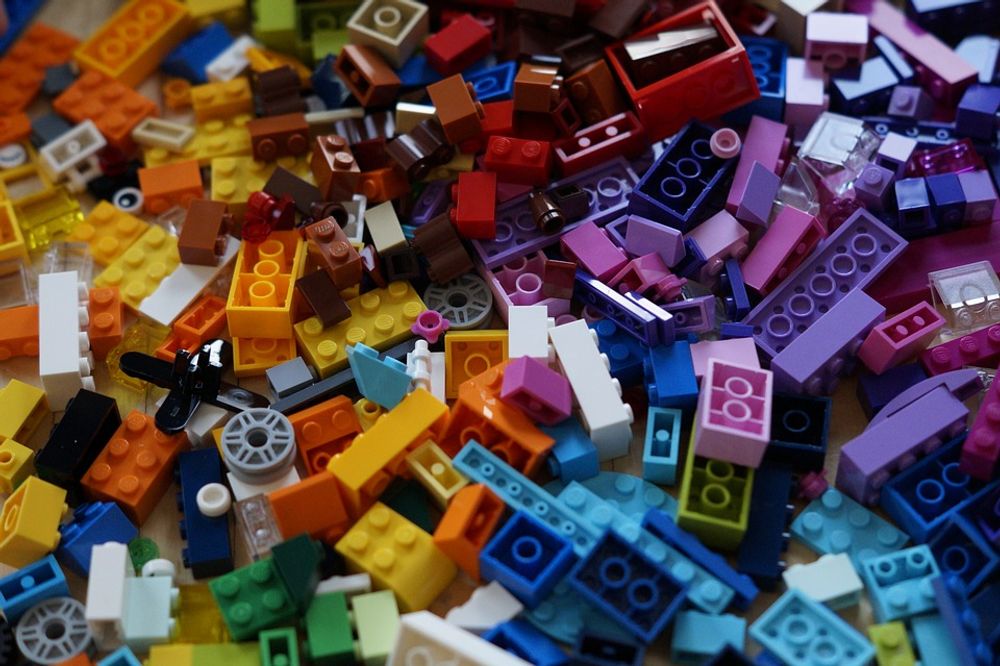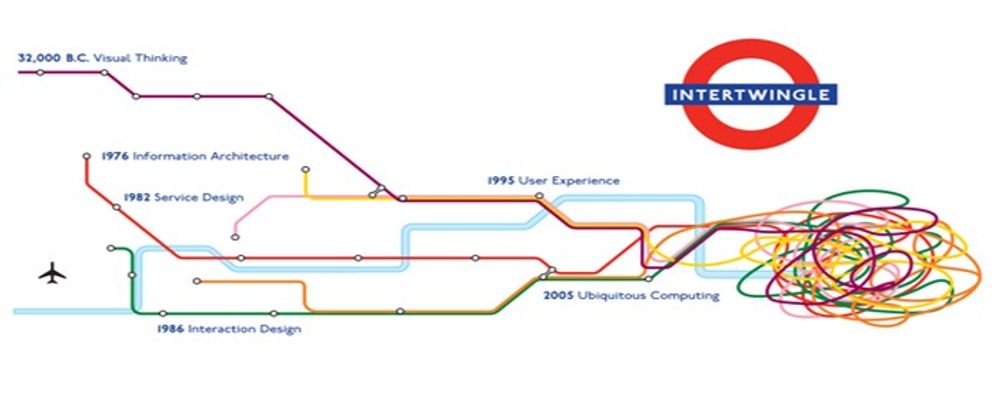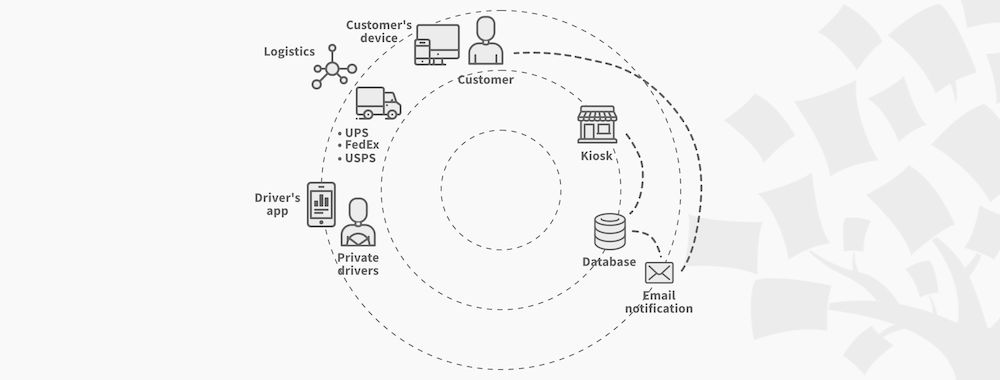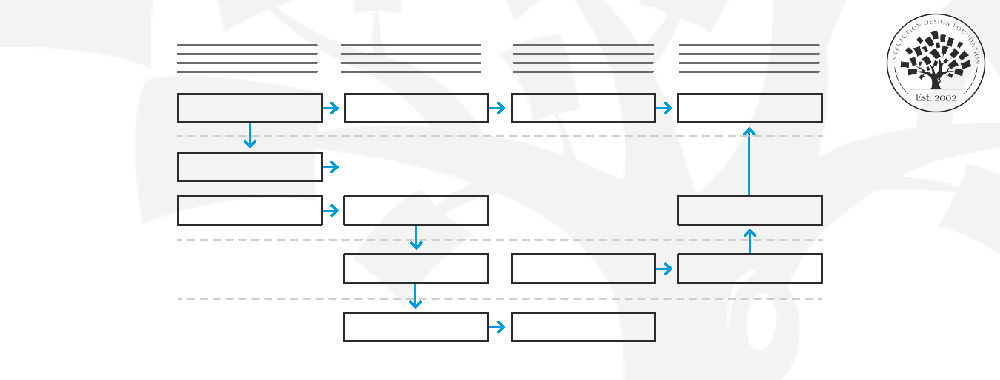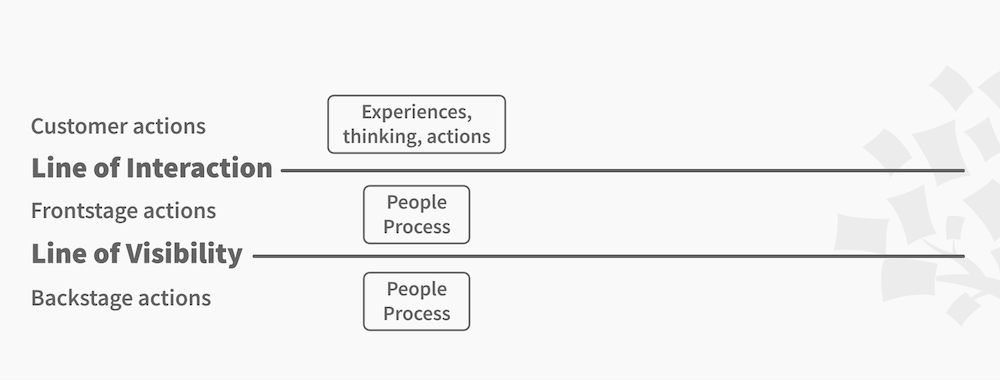It’s important to have a good understanding of the ideal goals of service design—we need to know what to reach for if we want to create great service experiences! Here Frank explains the origins and goals of service design, so we know what to strive for in our own designs.
Show
Hide
video transcript
-
00:00:00 --> 00:00:32
Let's take a brief look at where service design came from. I think it's important to understand a little bit about its origins and so you can wrap your arms around – you know – what it is as a skill that you can build out and develop on your own. This quick definition here from Louise Downe, who's the head of design for the UK Government Cabinet Office and Digital Services.
-
00:00:32 --> 00:01:05
And she reinforced here that it's – you're basically figuring out what all the pieces are of an activity and then bringing those together around a user's need and kind of building them from the ground up. And that may mean new systems. It may mean a new app; it may mean a new brochure or a new loyalty program or whatever that new system to support the experience is going to be. Now, service design actually was first mentioned in the early '80s
-
00:01:05 --> 00:01:30
by Lynn Shostack. And her whole contribution was that we need to look at that kind of "behind the stage". You know, we can see what customer service looks like and how services are delivered and products are delivered. But we need to spend more time and take more care with how the organization and how all the different employees are lined up in order to make a service happen.
-
00:01:30 --> 00:02:01
Sarah Gibbons also adds that the responsibility of everybody in the organization is really necessary. It's not just something that can be left to management like it used to be. Now, I think of service design as something that is the culmination
-
00:02:01 --> 00:02:30
and the bringing together of UX design, human-centered or user-centered design and design thinking, which is essentially an application of human-centered design. And then, as we've been talking about, this omni-channel or cross-channel environment; and this kind of merging of product and service together and ways to contact, for example, is very omni-channel. You might use a a chatbot. You might use a form on a website.
-
00:02:30 --> 00:03:00
You might pick up the phone, or you may use a softphone like a Skype phone or web audio in order to reach out. So, I think we've come from this kind of desktop where we're sitting at computers – at least with the digital delivery and – you know – filling in forms and doing things online – to kind of getting up and moving around and being able to pull up those forms and being able to chat online right from our mobile phones. So, here our mobile phones take us out into these different physical environments,
-
00:03:00 --> 00:03:31
these different service environments, and they bring that social context in to the design problem. So, on top of that, of course, we add business processes, procedures, operations logistics, workflows. And that's what really makes up service design and differentiates it from UX design. And the goals of service design are to transform this service delivery experience. So, it's not just the user's experience.
-
00:03:31 --> 00:04:02
That's important – that user customer experience. But it's also the organization and all the actors that are involved in delivering that experience. It's taking something that's *digital*, *physical* and *social* for sure – right – because a customer's interaction with a customer service rep is a social experience; walking into a physical space is a social experience – and mixing that with human-centered design and design thinking approaches to service delivery.
-
00:04:02 --> 00:04:32
And that's really where we're at with defining service design. Why service design? It's really about reducing complexity of these kind of complex systems and thinking about this *over time* – you know – the relationship with the customer; their pain as they're problem-solving throughout the lifetime of their – you know – maybe their actual life, but their lifetime as a customer; and *holistically* taking it from a big, big, wider systems perspective.
-
00:04:32 --> 00:05:05
For service designers, service design's goal is really to align and take advantage of the *resources* you have in your organization; the *user's needs* – the understanding of user needs and empathy; and the *outcomes* that your organization is trying to get. It might be a conversion rate. It might be a signup. It might be getting someone to complete something on time – for example, a tax return or IPO filing and bringing that alignment to the customer, to the service provider
-
00:05:05 --> 00:05:31
and the stakeholders that you're working with as a service designer in your organization. So, for me, what it takes to get service design right is you've got to keep your eye on the backstage as well as the frontstage and the systems and processes that connect it – so, almost like that *middle-stage* in between, that invisible line that crosses over.
-
00:05:31 --> 00:06:01
And you want to also avoid missing details on the frontstage, at the interface side. So, that's where a grounding in user experience or experience design can be very helpful. It's important to *have your teams engaged*. There's a real emphasis in service design on *stakeholder engagement* and having what I call working towards a *total experience delivery* – a TED, if you will. So, a couple of acronyms there:
-
00:06:01 --> 00:06:30
Total Experience Delivery – you know – that you're thinking about *all the moving parts and pieces* and you're *actually delivering them*. You're not just drawing it out or recommending it and then – like you might do with UX. Teams converting from UX to service design is definitely a challenge. But I think doing it right means that you're not just clear about UX but you've got the service design competency built on there.
-
00:06:30 --> 00:06:55
And that means *specialist knowledge*. We've talked about systems thinking, the whole picture or the holistic thinking and then FTP – or "Framing the Total Problem" as I call it – FTP and TED. So, Total Experience Delivery; Framing the Total Problem. Those are two things that are really important in terms of getting service design done right.
Download our Tips for Creating Successful Service Designs
It’s important not to get lost in the details when we design services. To avoid this, we need to know what goals to strive for. We can use a cheat sheet listing the goals of service design together with tips for achieving a first-class standard.
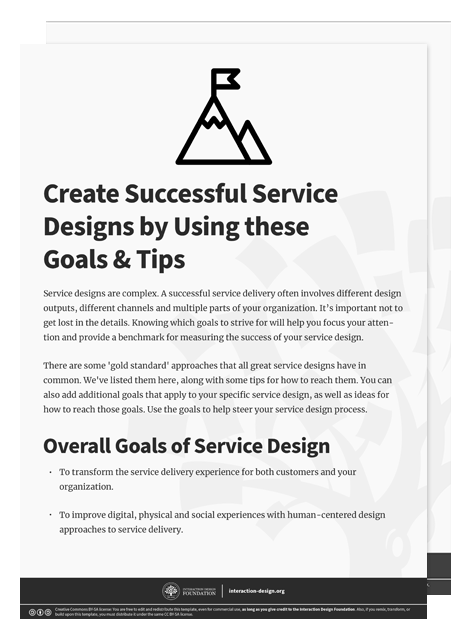

References and Where to Learn More
See how Nielsen Norman defines service design in Service Design 101
Here’s Lou Downe on what we mean by service design
15 principles of Good Service Design
Watch Jamin Hegeman’s video So you want to be a service designer
Read Lynn Shostack’s article from 1984 on Designing Services That Deliver
Image
Hero image: © Artem Beliakin, CCO
